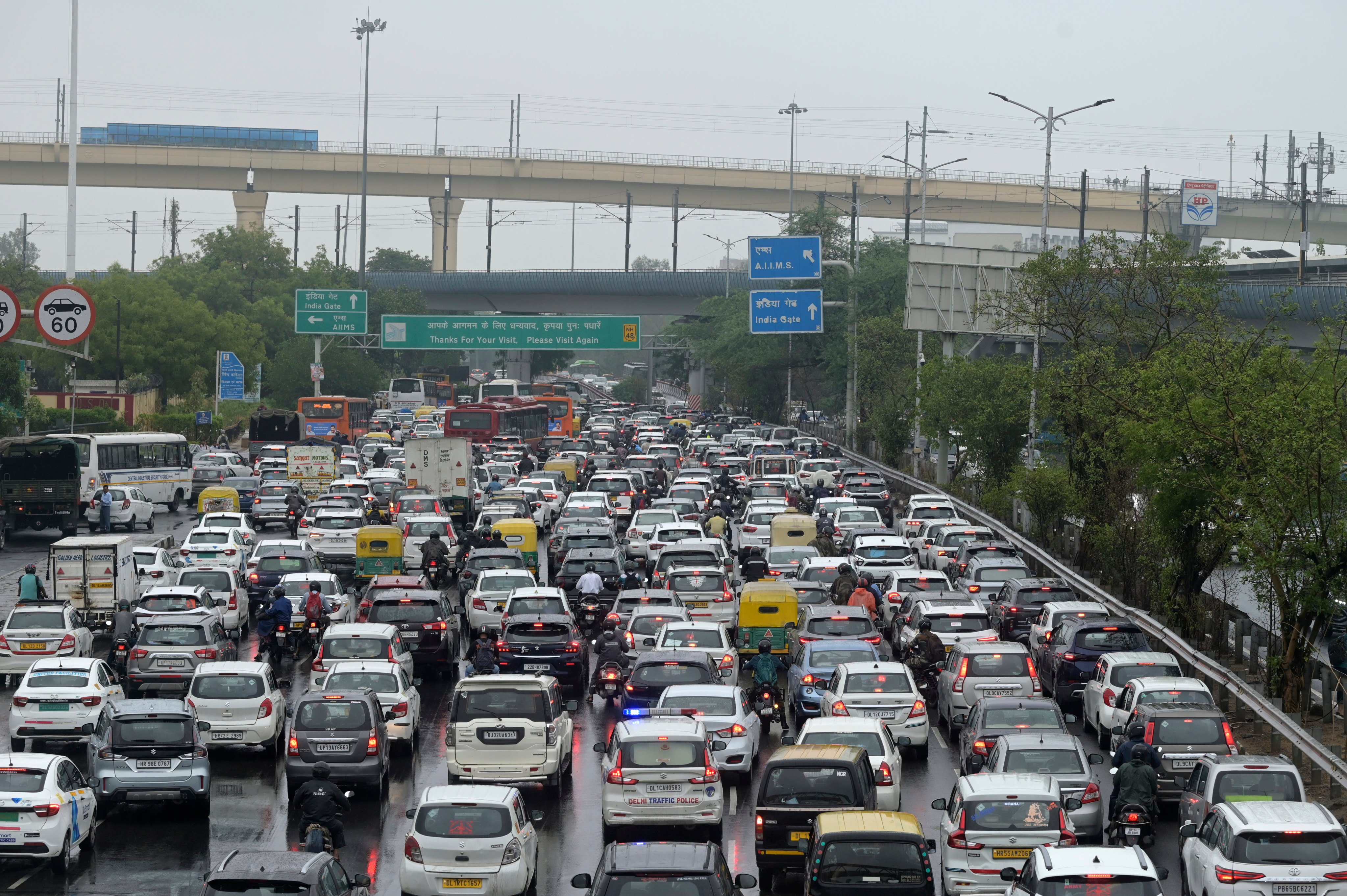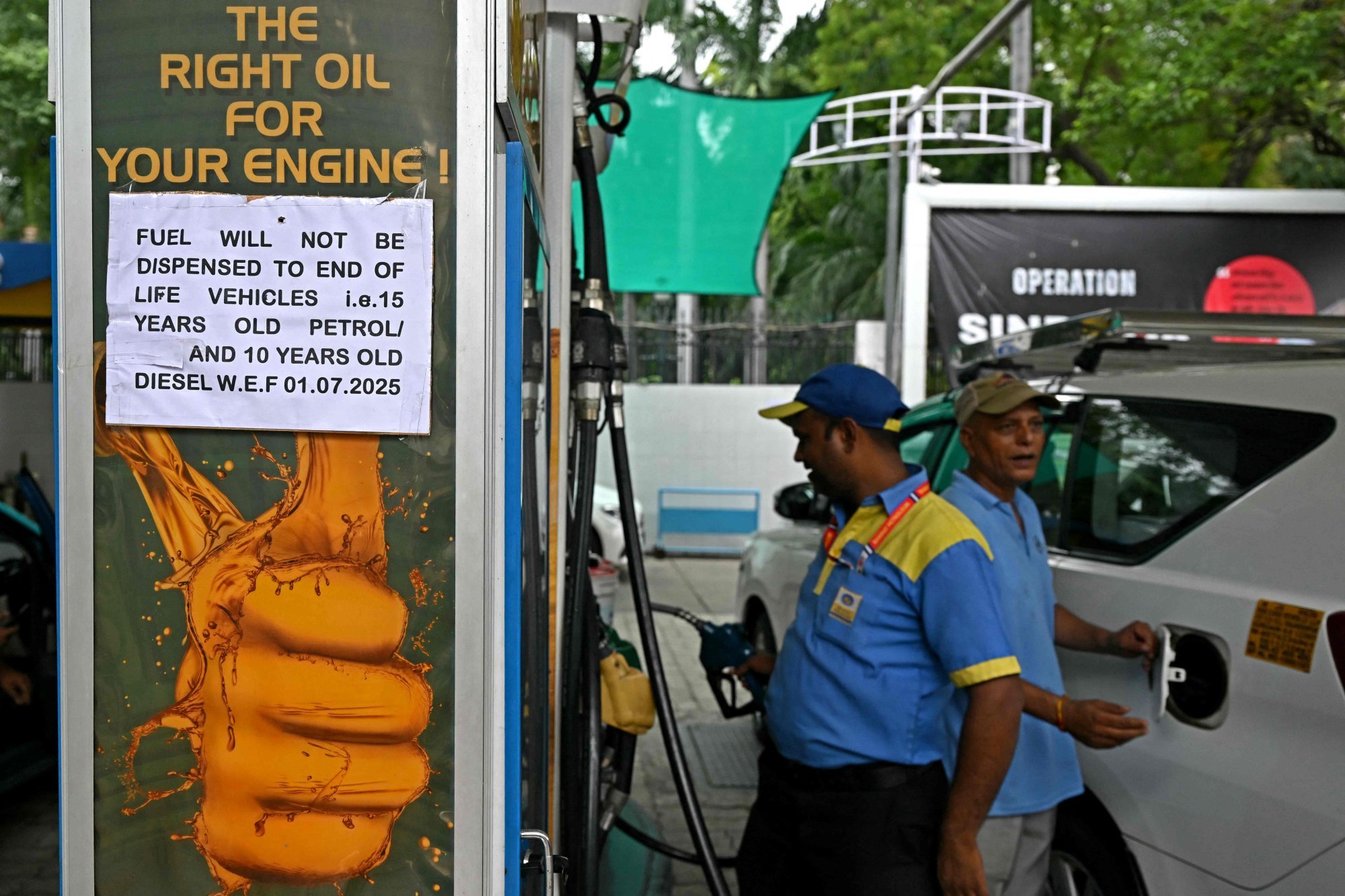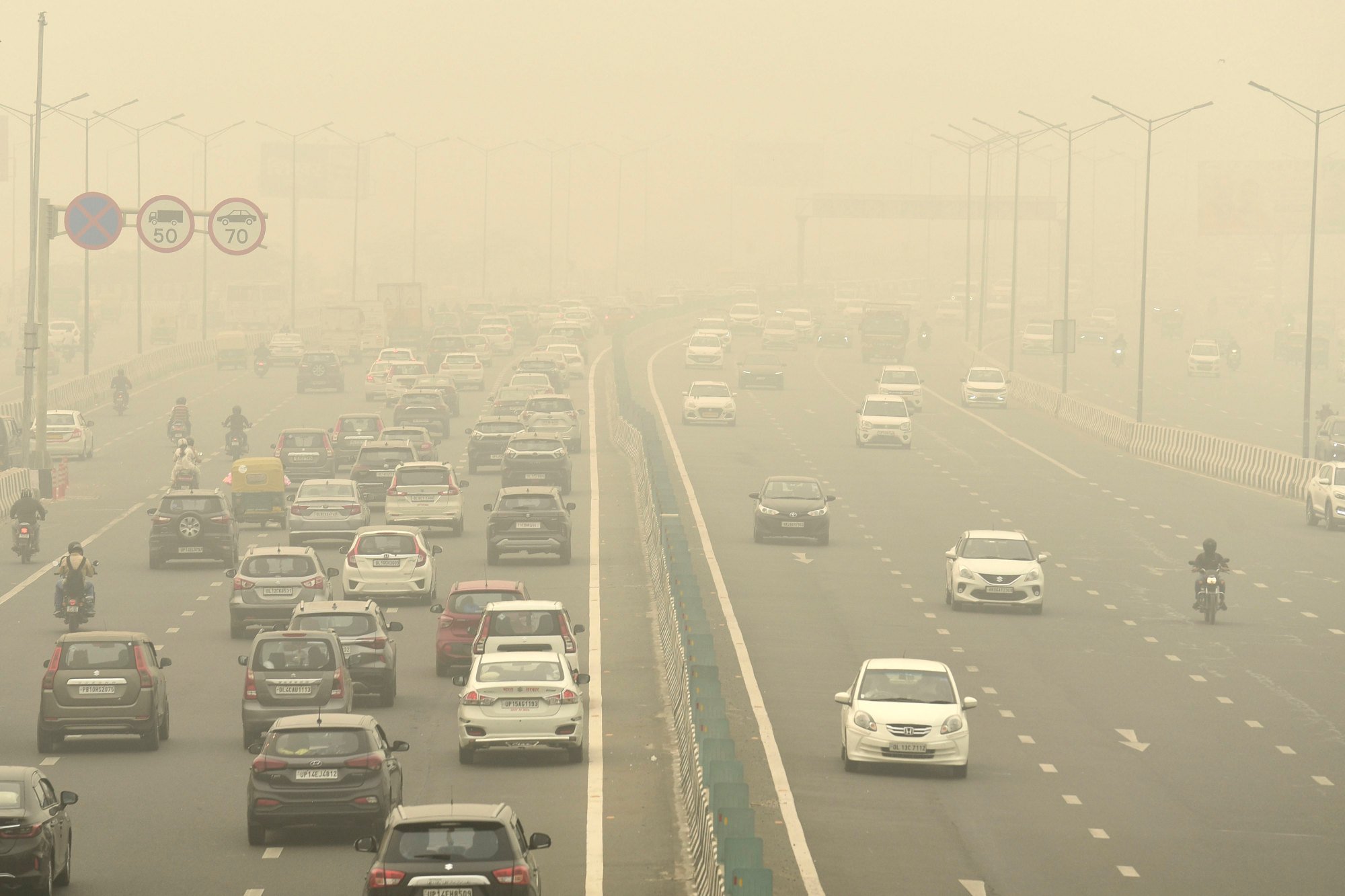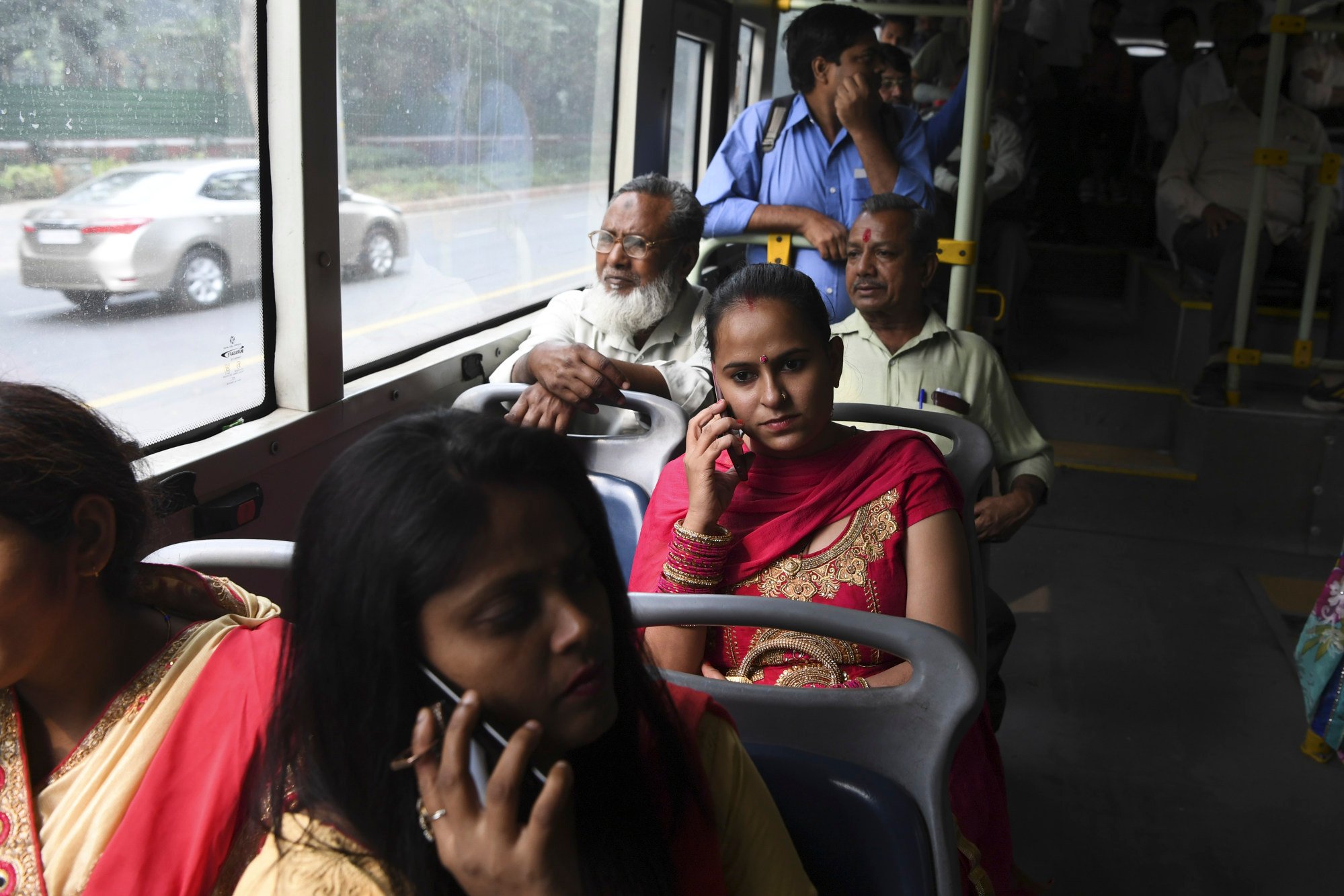As Delhi scraps vehicle ban plan, what next for clean air in India’s capital?
Better traffic management and addressing gaps in public transport could be a start to fixing the problem, analysts say

India’s capital has put the brakes on a contentious vehicle scrappage policy aimed at curbing deadly air pollution after fierce resistance from residents, highlighting the city’s struggle to balance environmental urgency with economic realities and the need to find alternative solutions.
The rule, which took effect on July 1 in New Delhi but is now suspended, barred refuelling and permitted impounding of private petrol cars older than 15 years and diesel vehicles older than 10.
Officials had hoped it would ease the capital’s toxic winter smog, which consistently pushes air quality into hazardous territory.
But the plan drew fierce opposition, with critics warning it would disrupt daily life for thousands without adequate transport alternatives.

Environment Minister Manjinder Singh Sirsa said on Thursday the government was planning to adopt a new system for managing old vehicles that would address pollution concerns without placing an undue burden on the public.
“Delhi has been crying out for solutions for clean air. The reality is you need to take some measures, but you can’t take such drastic steps that you deny people the right of fuelling their cars,” said Aarti Khosla, founder and director of Climate Trends.
Residents of the city would need better public transport before any stringent measures that could disrupt their daily commuting could be enforced, she added.
Tens of thousands of commuters use their personal vehicles instead of public transport for the sake of convenience, especially if they have to travel long distances from their home to offices.
The Delhi National Capital Region is a massive urban agglomeration, encompassing not only the city of Delhi, but also surrounding urban and rural areas that are functionally integrated with Delhi. This makes it one of the largest metropolitan areas in the world in terms of both area and population.
But Delhi also has ranked as one of the most polluted cities globally, where the air quality frequently reaches hazardous levels, with particulate matter levels far exceeding safe limits. This has severe consequences for public health, leading to respiratory illnesses, premature deaths, and other health complications, experts say.

The earlier policy to scrap vehicles provoked several people to express their anguish on social media.
“My car, scooter are less used and it’s not easy to buy new vehicles after 15 years. Soon, we will retire from our jobs, so our request is to scrap vehicles which emit hazardous gases rather than asking all citizens to break their 10-15 year old vehicles and buy new ones,” user Shalini Rastogi posted on X.
Unhandled type: inline-plus-widget {“type”:”inline-plus-widget”}
Another user, Vivek Panwar, said if laws certifying vehicles for Pollution Under Control – which verifies whether a vehicle’s emission levels are within permissible levels or not – were working effectively, then those vehicles meeting the norms should be allowed to run.
“It is true that some people take good care of their cars and if those cars pass the fitness test, then you can keep them [on the roads],” Khosla said.
Enforcing a drastic scrappage policy only in Delhi could potentially increase the traffic load as people might sell their cars to others in nearby cities and buy new ones, she said. “If there is a surge in purchase of personal vehicles, then it will also be a traffic management problem,” she added.
Khosla acknowledged, however, that vehicular pollution contributed more than 20 per cent of Delhi’s pollution problems and needed to be addressed.

Better traffic management and addressing gaps in public transport could be a start to fixing the problem, Khosla said.
“Like many other cities in the world, the public transport system is not well integrated between different modes of transport,” she said.
With public buses on certain routes often going empty, Khosla said this showed there was potential for increasing commuters. Communication about bus schedules and last-mile connectivity from suburban train stations could also be improved, she added.
Khosla called for authorities to simultaneously enforce measures to reduce industrial pollution from small and medium industries, and construction activities, and to discourage farmers from nearby areas burning crop debris every winter to clear their land.
Puneet Gupta, director of mobility at S&P Global, said any scrappage policy would require a lot of back-end infrastructure support, such as establishing a network of fitness centres.
“You will need monitoring mechanisms to determine whether a car has really reached the end of its life or not. India is not a wealthy nation and people who drive old cars do so because they can’t afford to buy new ones,” he added.
An alternative policy could aim to incentivise people to buy electric vehicles, he said, noting that “you need a carrot and stick approach”.
While the proposal to scrap old vehicles was well-intentioned, the “approach was not appreciated by the public”, he said.
Car owners would also need policy support so that they could get a fair value for getting their old vehicles scrapped, he said.
According to Gupta, many owners looking to dispose of their old vehicles go to private dealers rather than state-run centres because they get up to 70 per cent more money.
With car dealers extracting vehicle parts for use in refurbishing other vehicles, Gupta suggested creating a system that included car manufacturers to incentivise dealers and customers to hand back their old vehicles.
“They need to innovate and see how they can give better value for scrap,” he added.